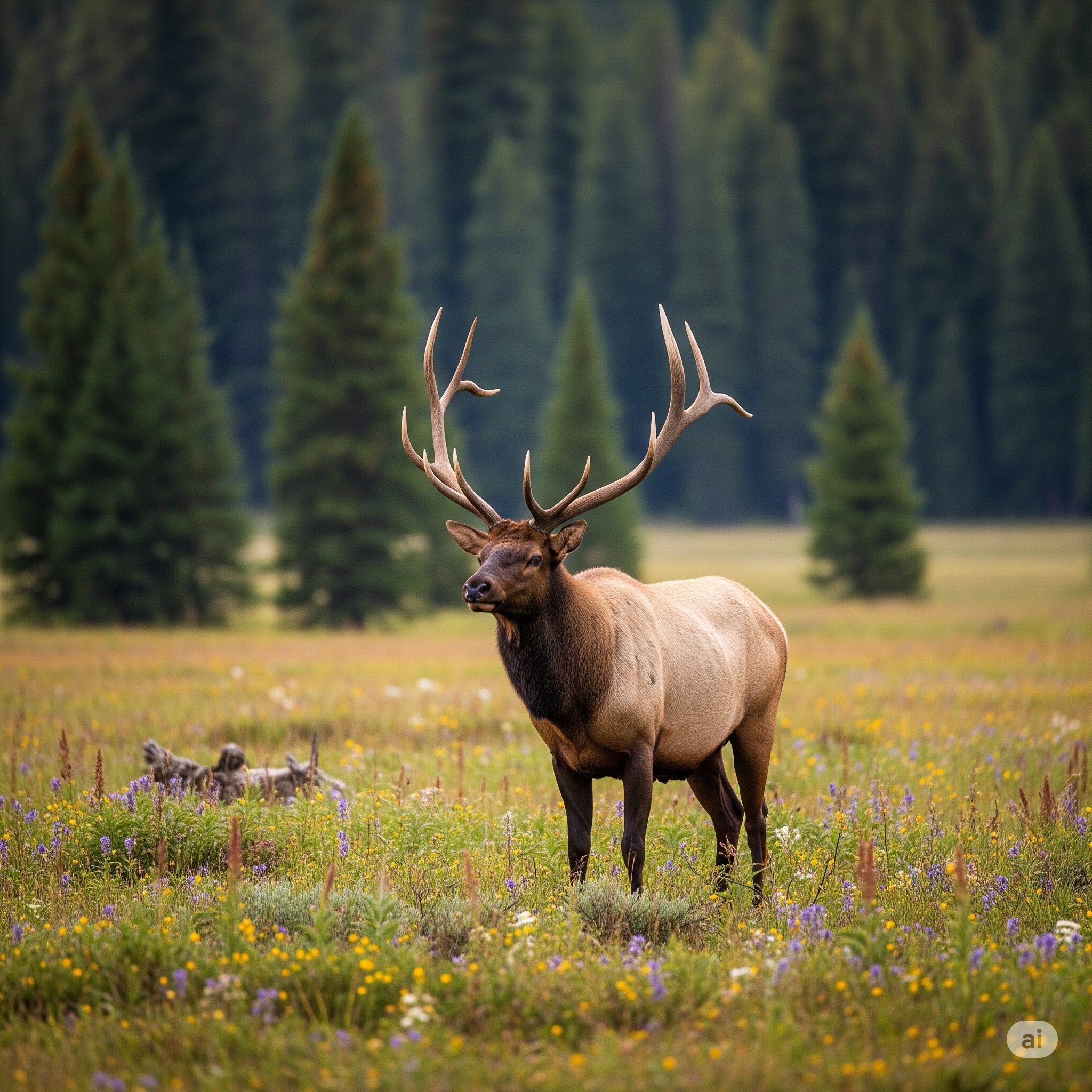
Admire from Afar: Why Close Encounters with Western North Carolina's Elk Are Dangerous
Maggie Valley -- The majestic elk of Western North Carolina are a sight to behold, drawing visitors and locals alike to catch a glimpse of these magnificent creatures in their natural habitat. However, a recent surge in dangerously close interactions in the Maggie Valley area has prompted the N.C. Wildlife Resources Commission (NCWRC) to issue a stern reminder: admire wildlife from a distance.
While it's thrilling to see elk wandering through open fields or even residential areas, these are wild animals, and getting too close poses significant risks to both humans and the elk themselves.
"These are big, powerful animals, and getting too close to them jeopardizes those people approaching the animal, the elk, and local residents," stated James Tomberlin, NCWRC's Mountain Operations Supervisor.
The NCWRC is urging everyone to be "Elk Smart" by following these crucial guidelines:
Give Elk Space – At Least 100 Yards: This is the golden rule. Never approach elk, and maintain a minimum distance of 100 yards (roughly the length of a football field). Elk are unpredictable and can be aggressive, especially during the fall breeding season (rut) when males are competing, and when females are protecting their young calves. If an elk changes its behavior due to your presence (stops feeding, alters its direction of travel), you are too close.
Never Feed Elk: Feeding elk, intentionally or unintentionally, teaches them to associate humans, vehicles, and even homes with food. This habituation can lead to conflict, public safety issues, and can also contribute to the spread of infectious diseases within the herd. Their natural diet is provided by the environment, and human food can be harmful to their health.
Don't Name Elk: Characterizing elk by giving them names creates a false sense of familiarity and tames their wild essence. They are not pets; personifying them detracts from their truly wild nature, which is precisely what makes them so captivating.
Do Your Part – Report Disruptive Behavior: The long-term welfare of the elk herd is a shared responsibility. If you witness anyone being disruptive or careless around elk, whether intentional or not, kindly ask them to stop or report it immediately to NCWRC Law Enforcement at 800-662-7137. For general wildlife questions, contact the NCWRC Wildlife Helpline at 866-318-2401 or email HWI@ncwildlife.gov.
Elk were successfully reintroduced to Western North Carolina in the early 2000s, primarily within the Great Smoky Mountains National Park and surrounding areas in Haywood, Jackson, and Swain counties. Their population has steadily grown, making sightings more common, which is why public awareness about safe interaction is more important than ever.
The NCWRC is actively partnering with local officials in Maggie Valley and nearby communities to enhance awareness among residents and tourists about maintaining a safe distance from these magnificent creatures.
By practicing responsible wildlife viewing, we can all contribute to the safety of both people and the cherished elk population of Western North Carolina, ensuring these animals continue to thrive in their wild environment for generations to come.


 How to resolve AdBlock issue?
How to resolve AdBlock issue? 